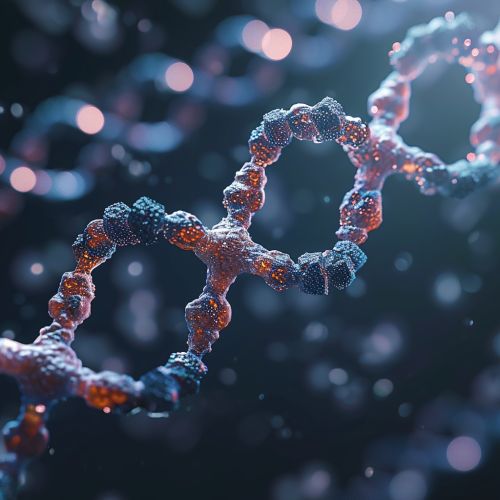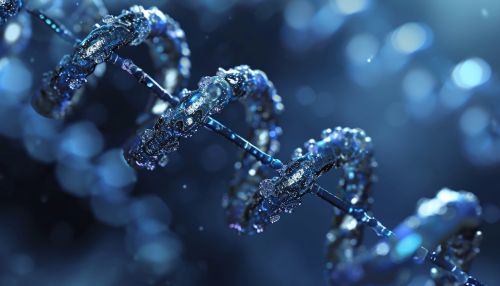Peptides
Introduction
Peptides are short chains of amino acids that are linked by peptide bonds. They are a fundamental component of cells that carry out important biological functions. Peptides are similar to proteins, but differ in size and structure. The term peptide comes from the Greek word "peptos", which means "digested".
Structure and Classification
Peptides are formed by the combination of two or more amino acids. The smallest peptides, consisting of just two amino acids, are known as dipeptides, while those containing three amino acids are tripeptides. Larger peptides, containing between 10 to 50 amino acids, are referred to as polypeptides.


Peptides can also be classified based on their source and function. For instance, ribosomal peptides are synthesized by the ribosome, while nonribosomal peptides are assembled by enzymes that are specific to each peptide.
Synthesis
Peptides are synthesized in two major ways: ribosomal synthesis and nonribosomal synthesis. In ribosomal synthesis, the peptide is assembled by the ribosome based on the sequence of a messenger RNA (mRNA) molecule. In nonribosomal synthesis, the peptide is assembled by specific enzymes, not by the ribosome.
Functions
Peptides play a crucial role in the biological activities of the body. They function as enzymes, hormones, antibiotics, and more. They are involved in a wide range of activities, from cell signaling to immune responses.
Medical and Therapeutic Use
Peptides have been found to have a wide range of medical and therapeutic uses. They are used in therapies for diseases such as cancer, diabetes, and infectious diseases. They are also used in anti-aging therapies and in the treatment of various neurological disorders.
